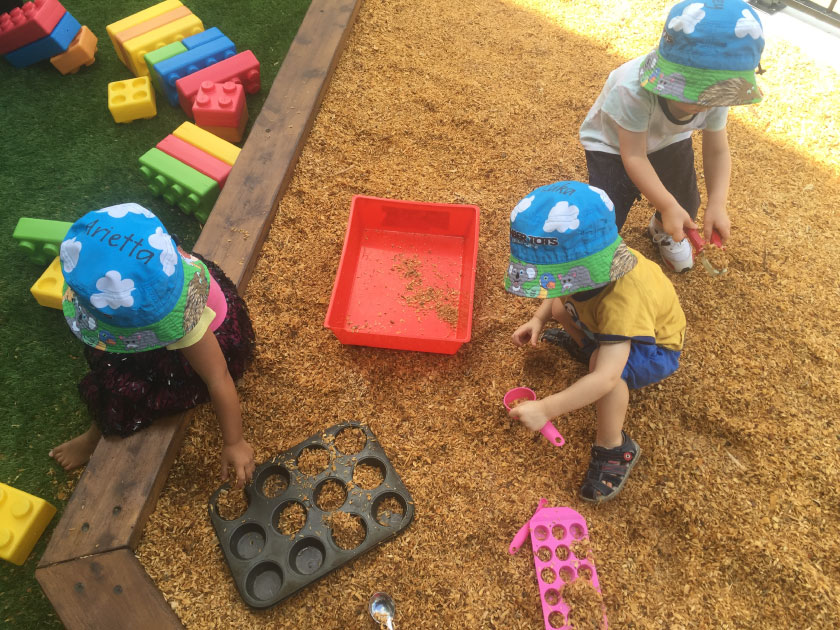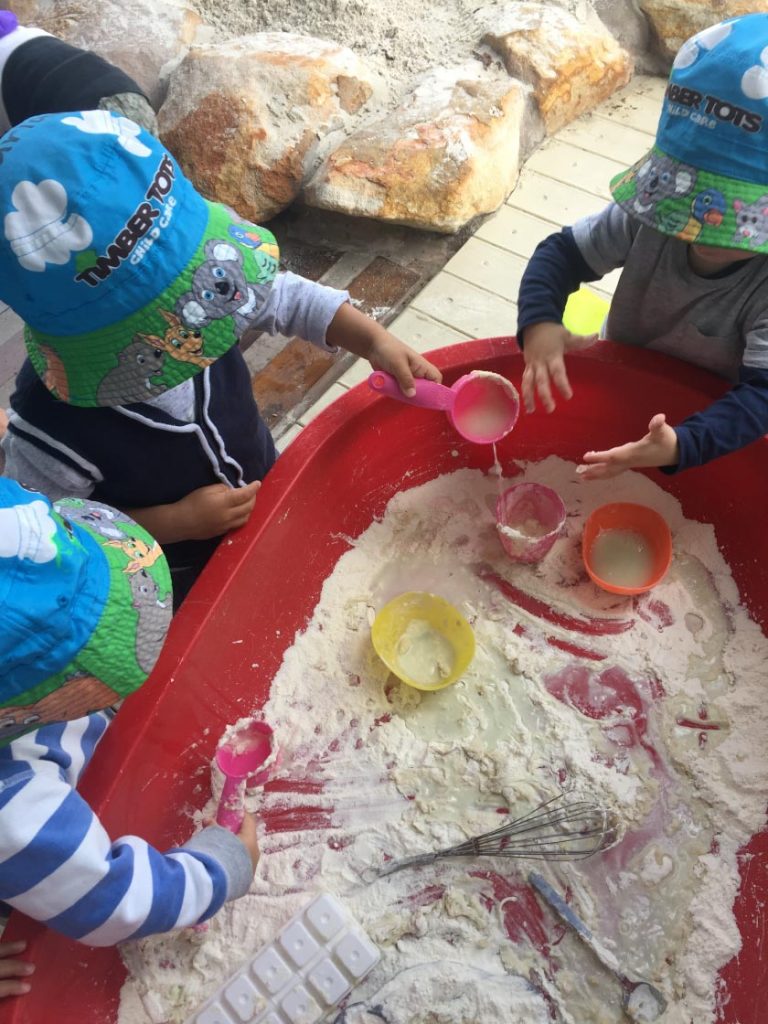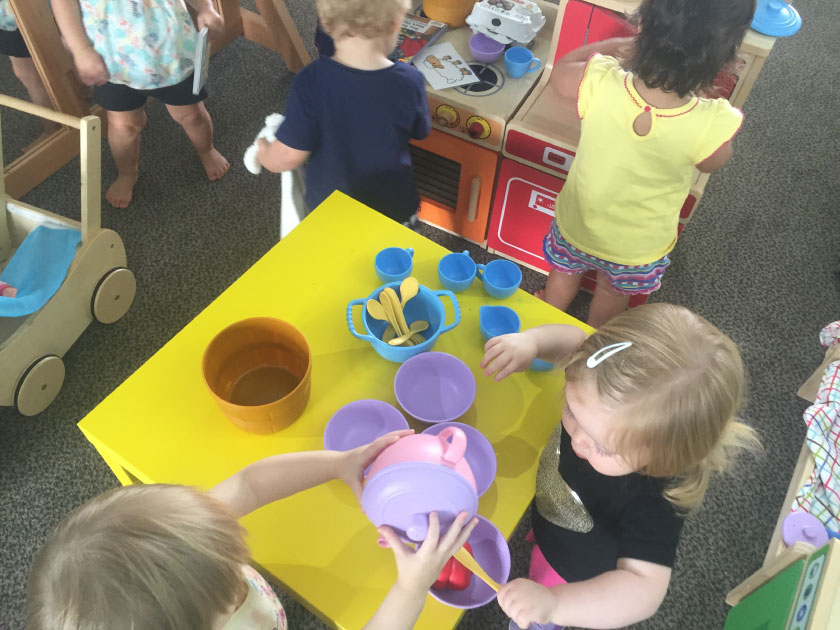Play
|July 18, 2017| 4 mins
Play happens in all societies around the world. It is even recognized in other species. Although it is hard to define ‘play’, the term is often described as a recreational activity, many authors and researchers throughout history highly recognise it as a positive disposition towards learning which is a fundamental part of a child’s development. Children do not separate their experiences into play and learning; they learn as they play and they have fun whilst they learn.
The Early Years Learning Framework (the Framework) which has been developed for the Early Childhood sector by the Council of Australian Government integrates play as one of the eight pedagogical practice’s that promote learning[1] in the early years setting. The Framework has been designed to extend and enrich children’s learning by placing specific emphasis on play-based learning as it provides countless positive learning opportunities for children.
Early years settings which effectively promote children’s learning through play and exploration understand that children’s learning is dynamic, complex and holistic. The Framework explains that ‘physical, social, emotional, personal, spiritual, creative, cognitive and linguistic aspects of learning are all intricately interwoven and interrelated’1. It states that play is a context for learning that allows for discovery, creation, improvising and imagination.
At Timber Tots each room and playground has been specifically designed for children and their need to play. Each play setting allows for children to play with peers, adults or even on their own, developing their self-awareness and building on new understandings. Our higher than necessary staff:child ratio not only provides better supervision, consistency and attention to each child’s daily needs of comfort and security but it also allows our educators to better support each child’s learning through play. The Educators work together to provide a balance of child-led, child initiated and intentional teaching. Based on observations of interest and skills, family input, The Framework outcomes and developmental milestones, our Educators are able to create inviting play spaces that encourage exploration, problem solving and inclusion (Belonging, Being & Becoming 2009. The Early Years Learning Framework for Australia 14-15).

What types of play do we offer to children throughout the day?
Indoor/outdoor
Our classroom doors as always open to provide the children the option to play inside or outside throughout the day. This choice means children can select an area that reflects their interests at that time, and in turn, allows for each child to feel confident, safe and secure within the play environment.
Gross motor/fine motor
A range of activities are provided both inside and outside which encourage the use of different muscles, co-ordination and concentration needed by the children. The children can select what activity they are interested in and are developmentally ready for.
Messy play
A wide variety of sensory messy play activities are included for all children to participate in. These include: water play, shaving cream, sand, mud, playdough, slime, goop, jelly baff, celmix, kinetic sand…etc. These activities allow children to develop hand-eye coordination via pouring, scooping, stacking whilst also comparing textures of soft, smooth, rough and slimy.

Arts and crafts
Everyday art and craft is offered to the children both inside and outside via painting, collage, threading, clay, and drawing (just to name a few), allowing our children the opportunity to be involved in the making of their own art and enjoying the art of others. Children are able to explore the freedom of their own creativity and imagination to create and construct via a variety of different mediums, building on their self-esteem whilst expressing their thoughts and feelings.
Dramatic play
Each room has a designated area that is designed for dramatic play to be created. Through home corner, dress-ups, shops, and other forms of make believe, we offer children the chance to explore role playing, social interaction, rules, cultural beliefs, make-believe and communication. The variety of different dramatic play set ups allows the rooms to develop the area based on children’s interests and ideas.

Quiet play
Quiet play areas within each room and play grounds allow for children to regulate their need to relax, self-reflect and calm their busy minds. Through book corners, puzzles, drawing, and manipulative toys children have the chance to unwind, play in a small group or often on their own.
Construction
With the use of big blocks, small blocks, and manipulation toys, both inside and outside the children are able to build a wide variety of buildings, towers, forts and other wonderful imaginative items. When our educators allow the children to construct it lets the children build from their own personal knowledge and imagination.
At all times children are encouraged to find an area of play that is of interest to them and by providing a wide range of play types, children are able to feel safe and supported. When a child’s basic needs of feeling safe and supported are being met by the educators around them they can then build on other important areas such as attachments to other peers, communication and confidence.
As a Centre at the cutting edge of change, we not only look to reinvest in new ‘Play’ equipment and facilities, our Educators also invest in the knowledge and education required to ensure we continue to provide the highest level of education and opportunities for our children to develop.
